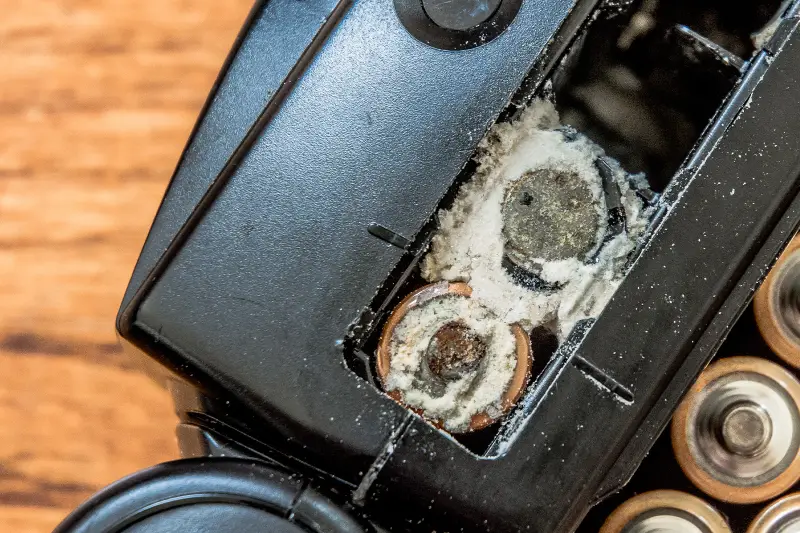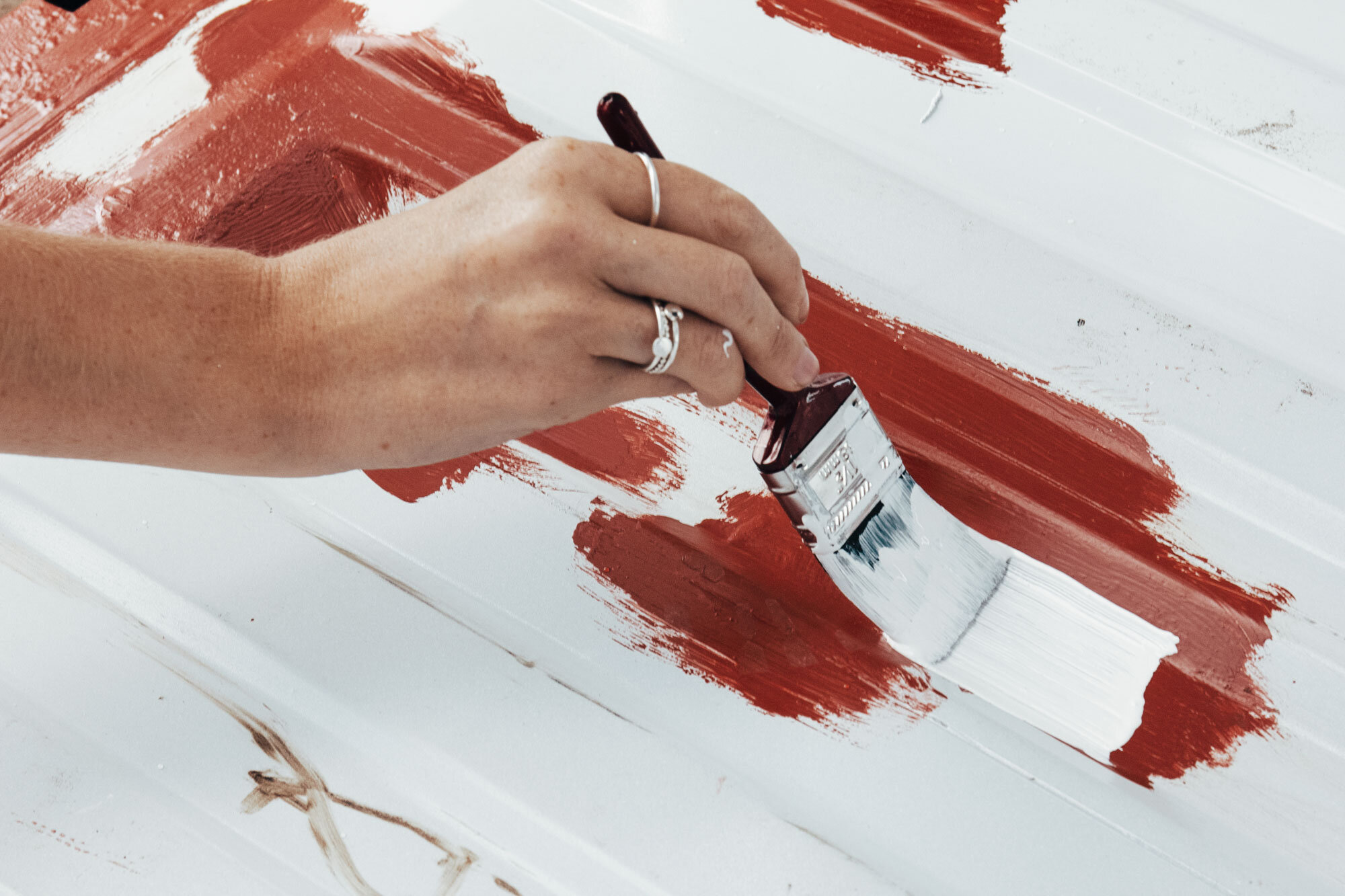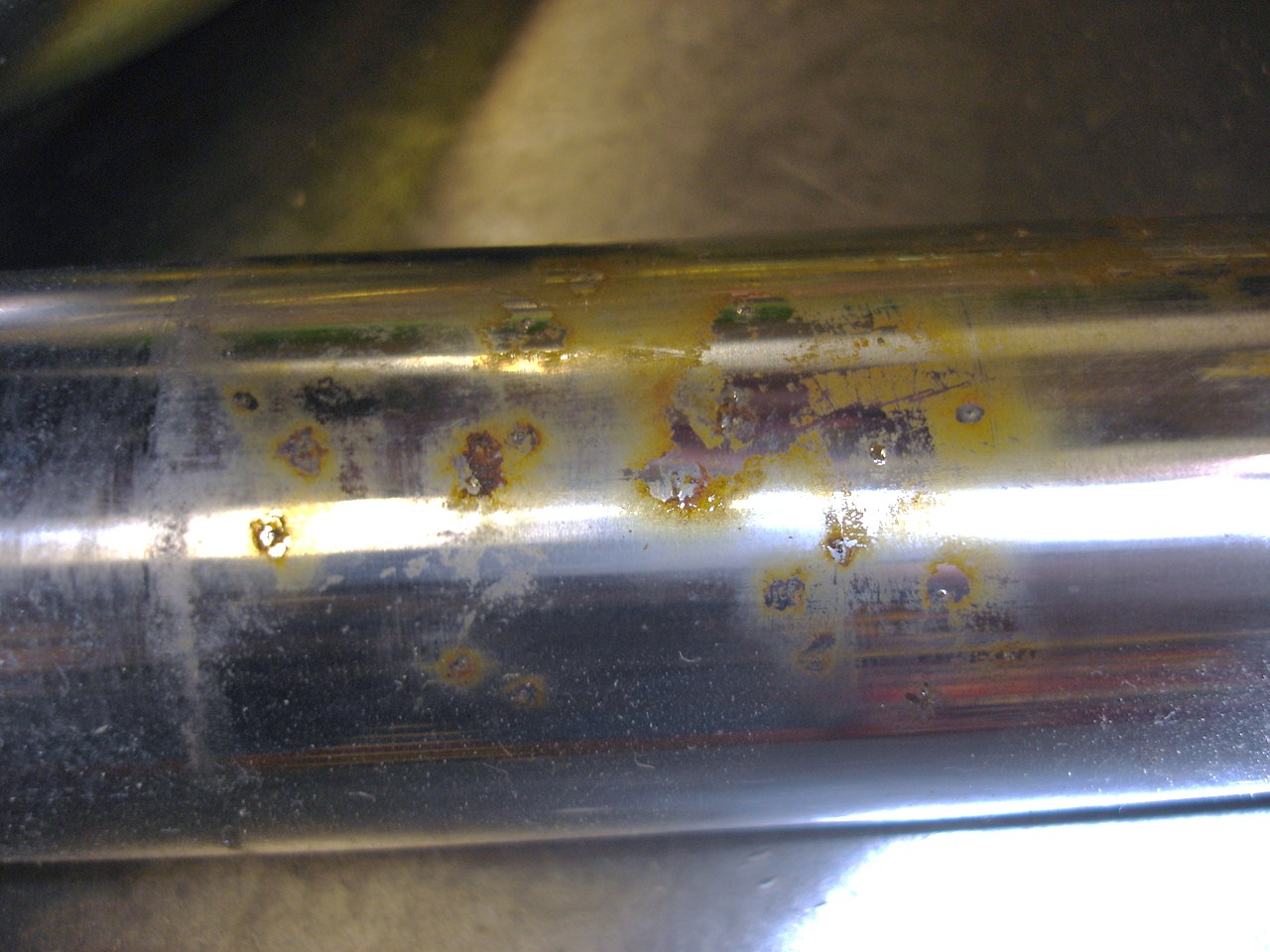Leaking batteries can be a dangerous hazard as the corrosive materials they contain can cause harm to the environment and human health. Proper disposal of leaking batteries is necessary to ensure the safe and responsible handling of hazardous waste. In this guide, we will go over the steps to properly dispose of corroded leaking batteries.
First, put on protective gloves to avoid direct contact with the corrosive material. Place the leaking battery in a plastic container or plastic bag to contain any leaked material. Label the container or bag clearly as “used batteries” or “hazardous waste” to indicate its contents. Do not attempt to repair or open the leaking battery as this can result in the release of hazardous chemicals.
Next, research local recycling facilities or hazardous waste disposal sites in your area that accept leaking batteries. Some hardware stores, automotive stores, and battery retailers may accept batteries for recycling, but it’s best to check with each individual location. Do not throw leaking batteries in the trash as this is illegal in many jurisdictions and can cause harm to the environment.
By following these steps, you can properly and safely dispose of corroded leaking batteries and protect the environment and human health.
How To Dispose Of Corroded Leaking Batteries Overview
First and foremost, safety is key when dealing with leaking batteries. Make sure to wear gloves and protective eyewear to avoid any direct contact with the corrosive material. I really like using heavy-duty nitrile gloves for this, as they provide excellent protection and are comfortable to wear.
Next, you’ll want to contain any leaked material to prevent further spread. I recommend using a sturdy plastic container or plastic bag, and labeling it clearly as “used batteries” or “hazardous waste”. This way, there’s no confusion about what’s inside and it can be properly handled by waste management.
Now it’s time to find a proper disposal location. Research local recycling facilities or hazardous waste disposal sites in your area that accept leaking batteries. Some hardware stores, automotive stores, and battery retailers may also accept batteries for recycling, so it’s always a good idea to check with each individual location.
One of the best things about properly disposing of leaking batteries is that it helps keep our planet healthy. Throwing leaking batteries in the trash is illegal in many jurisdictions and can cause harm to the environment, so it’s important to do it the right way.
In conclusion, I’m thrilled that you’re taking the initiative to learn about how to dispose of corroded leaking batteries. By following these steps, you’ll be able to safely and responsibly handle hazardous waste and do your part in preserving our environment for future generations.
How To Dispose Of Corroded Leaking Batteries Comparison Table
- Recycling: This is one of the most environmentally friendly methods of disposal. Batteries can be recycled to extract valuable materials, such as lead and copper, which can then be reused in the manufacturing of new batteries or other products. Recycling facilities can handle the hazardous materials in the batteries in a safe and responsible manner.
- Landfilling: This involves placing the batteries in a landfill specifically designed for hazardous waste. The batteries are securely contained to prevent leakage and potential harm to the environment. However, this method does not recover valuable materials and can contribute to the accumulation of hazardous waste in landfills.
- Incineration: This involves burning the batteries at high temperatures to reduce them to ash. This method is highly effective in reducing the volume of hazardous waste, but it also releases toxic chemicals into the air and contributes to air pollution.
| Method | Advantages | Disadvantages |
|---|---|---|
| Recycling | Environmentally friendly, valuable materials are recovered and reused | May not be available in all locations, higher cost compared to other methods |
| Landfilling | Secure containment of hazardous waste, reduction of volume of waste | Does not recover valuable materials, contributes to accumulation of hazardous waste in landfills |
| Incineration | High reduction of volume of waste, effective in destroying hazardous waste | Releases toxic chemicals into the air, contributes to air pollution |
It’s important to note that the best method for disposing of corroded leaking batteries will depend on a variety of factors, including local regulations, availability of recycling and disposal facilities, and the type and volume of batteries. In general, recycling is the preferred method as it reduces the amount of hazardous waste and recovers valuable materials.

Equipment to How Dispose of Corroded Leaking Batteries
| Equipment | Purpose |
|---|---|
| Heavy-duty nitrile gloves | To protect the skin from coming into direct contact with corrosive materials |
| Protective eyewear | To protect the eyes from coming into direct contact with corrosive materials |
| Plastic container or plastic bag | To contain any leaked material and prevent further spread |
| Label for container or bag | To indicate the contents of the container or bag as “used batteries” or “hazardous waste” |
These pieces of equipment are essential for protecting your health and the environment while disposing of leaking batteries. It’s important to follow the recommended safety precautions to avoid direct contact with the hazardous materials and to ensure proper handling and disposal of the batteries.
Step Instruction on How to Dispose of Corroded Leaking Batteries
- Gather equipment: Collect the necessary equipment, including heavy-duty nitrile gloves, protective eyewear, a sturdy plastic container or plastic bag, and a label for the container or bag.
- Put on protective gear: Put on the gloves and protective eyewear to avoid direct contact with the corrosive material.
- Contain the batteries: Place the leaking batteries in the plastic container or plastic bag. Make sure the container or bag is properly sealed to prevent further spread of the leaked material.
- Label the container: Clearly label the container or bag as “used batteries” or “hazardous waste”. This ensures that the contents are properly identified and handled.
- Research disposal options: Research local recycling facilities or hazardous waste disposal sites in your area that accept leaking batteries. Some hardware stores, automotive stores, and battery retailers may also accept batteries for recycling, so it’s always a good idea to check with each individual location.
- Transport the batteries: Transport the leaking batteries to the designated disposal location, following any local regulations for hazardous waste transportation.
- Proper disposal: Properly dispose of the leaking batteries according to the instructions provided by the disposal facility.
By following these steps, you can safely and responsibly handle corroded leaking batteries and prevent harm to the environment. It’s important to take the necessary precautions and handle hazardous waste in the appropriate manner.

F.A.Q.
Can I throw leaking batteries in the trash?
No, leaking batteries should not be thrown in the regular trash as they are considered hazardous waste. Disposing of leaking batteries in the trash can result in the release of toxic chemicals into the environment.
Where can I take leaking batteries for recycling?
You can take leaking batteries to designated hazardous waste disposal sites or local recycling facilities that accept batteries. Some hardware stores, automotive stores, and battery retailers may also accept batteries for recycling. It’s always a good idea to check with each individual location.
Are there any special precautions I need to take when handling leaking batteries?
Yes, when handling leaking batteries it is important to wear heavy-duty nitrile gloves and protective eyewear to avoid direct contact with the corrosive material. Additionally, the leaking batteries should be contained in a sturdy plastic container or plastic bag and properly labeled.
What happens to leaking batteries when they are recycled?
When leaking batteries are recycled, valuable materials, such as lead and copper, are extracted and reused in the manufacturing of new batteries or other products. The hazardous materials are handled in a safe and responsible manner by the recycling facility.
Are there any alternatives to recycling leaking batteries?
There are other methods for disposing of leaking batteries, including landfilling and incineration. However, recycling is the preferred method as it reduces the amount of hazardous waste and recovers valuable materials.



Leave a Reply